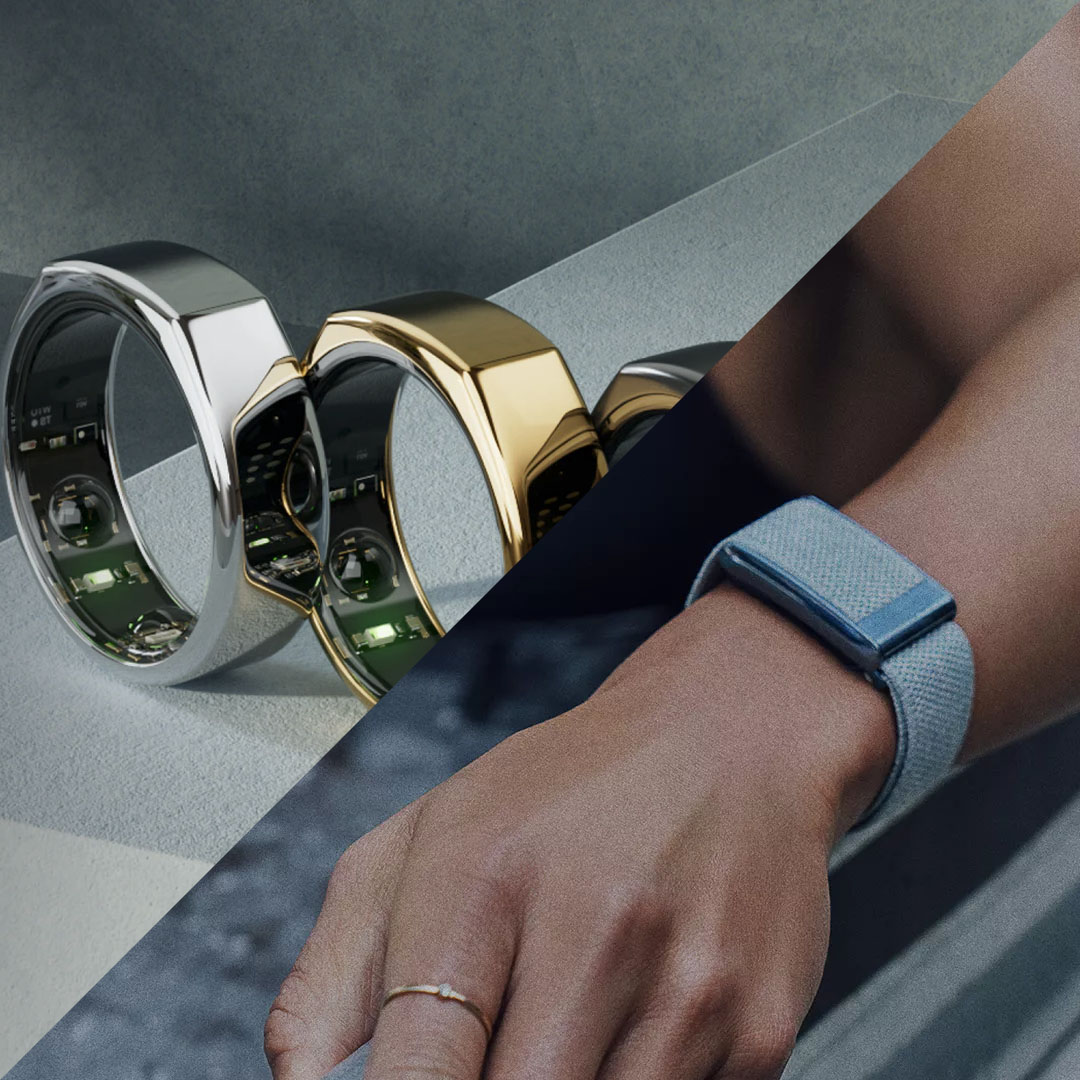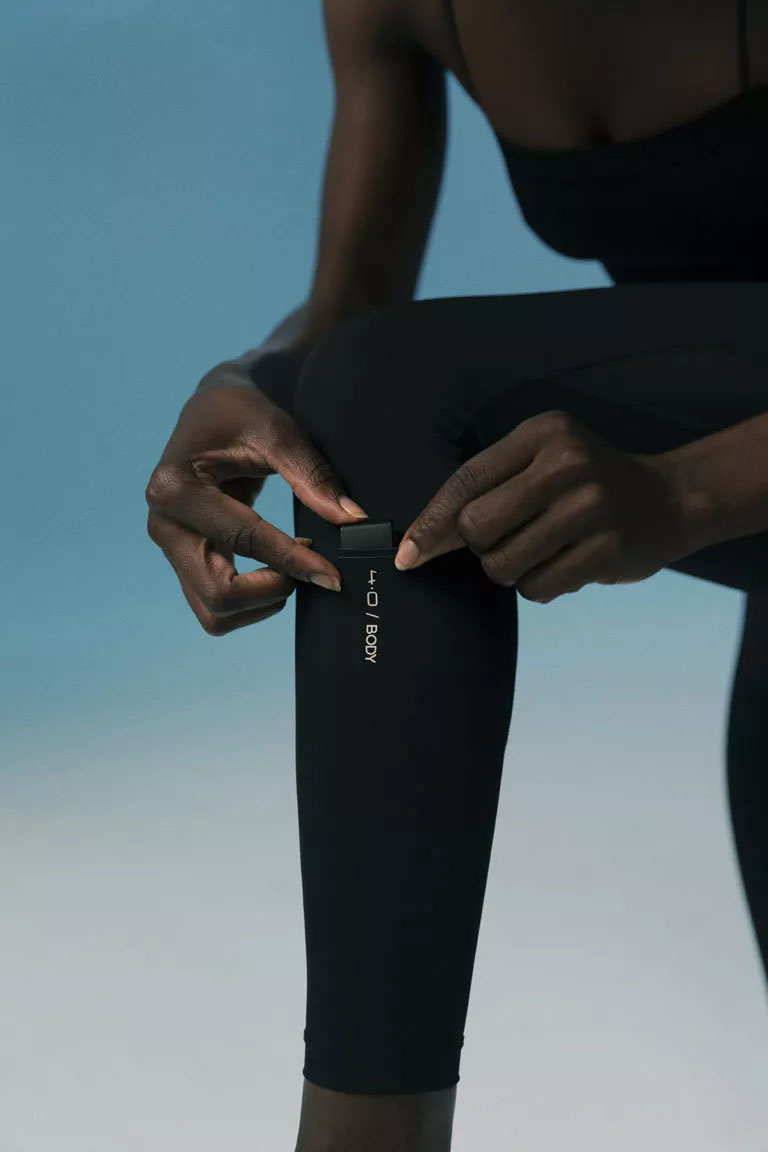We may earn money or products from the companies mentioned in this post at no additional cost to you.
Go into any gym and you’ll see something on nearly everybody that you wouldn’t have seen on anybody 20 years ago – the wearable fitness tracker. Wearable fitness trackers allow users to gauge their effort or recovery by tracking distance, heart-rate, blood pressure, blood oxygen, and so much more.
At first there were only a few types of fitness trackers, but they now come in several varieties, take a variety of readings, and can be tailored to several different fitness styles. All these trackers mean everyone can find the perfect wearable to improve their endurance, rest routine, and take their health to the next level.
Two of the hottest wearables out right now are the Oura Ring and Whoop, but what can they do for you? Both trackables are designed for rest and recovery and both help you build better habits, but what are the differences? Revoupon has dug deep to carefully analyzed all the unique pros and cons of Oura and Whoop so you can get the perfect match.
Learning More About the Oura Ring
Trackables can be clunky. Watches, wristbands, and other trackables that strap to your arm can get covered in sweat, catch on weights, and be a bother more than an aid. The Oura Ring packs all that clunkiness down into a single ring that users can wear around their index or middle fingers.
The Oura Ring is built to help measure rest and sleep metrics and is less focused on fitness and activity tracking. The Ring’s app translates your data into a Readiness score, or how well you’ve recovered and what type of activities you’re ready for.
To form your Readiness score the Ring uses a variety of metrics including stress indicators like body temperature, resting heart rate, and heart rate variability on top of measures of sleep patterns.
The Oura Ring App
The Ring connects with an app and is viewable on any computer, tablet, or smart phone. From the app you can monitor and manage your data and view your Readiness score. The Ring App is loaded with detailed stats on your waking and sleeping periods, biometrics like heartrate during the night, and suggestions on how you can improve your rest and recovery.
With this data you can use the app to find the perfect sleeping routine, so you get even more from your rest. The App is aesthetically pleasing and can be customized with gorgeous backdrops to help wake you up or keep you resting. An Oura membership is required for full use of the app.
Bonus: The Ring App offers guided and unguided meditation courses to calm your mind throughout the day and night.
Oura Ring by the Numbers
- Battery Life – Up to 7 days
- Heartrate Tracking – Yes
- Activity Tracking – Minimal
- Blood Oxygen Tracking – Yes
- Sleep Tracking – Yes
- Pairable Apps – Apple Health, ASICS, Runkeeper, Nike+ Run Club, MyFitnessPal, Strava, Google Fit
- Water Resistance – Up to 100M
- Price – $299
- Membership – First 6 months free, $5.99/month after
Who is the Oura Ring Best For?
The Oura Ring is best suited for those building healthier sleep habits and working on their rest routine. The Oura is not a good fit for tracking fitness metrics like steps or calories burned. Oura’s plethora of sleep data can help those suffering from sleeplessness, have trouble establishing a sleep routine, or want all possible details to map their recovery routine.
Pros and Cons of Oura Ring
Learning More about Whoop
The Whoop Fitness tracker is worn around the wrist and focuses on rest and recovery metrics to help you take on your next workout. The collected data and metrics are applied across three pillars of performance: strain, recovery, and sleep. Strain utilizes the Borg Scale of Perceived Exertion to map your score, recovery uses your resting heart rate, blood oxygen saturation, and respiratory rate, while sleep is measured in duration, latency, stages, disturbances and more. These three pillars help Whoop users recover faster, rest better, and perform better during exercise.
The Whoop App
The Whoop App uses your data that to assess your overall fitness in the three pillars of sleep, strain, and recovery. These scores are displayed and sortable, allowing you to focus on targets within the three pillars.
The Whoop App compares your data against other anonymous users to help make suggestions like taking the stairs instead of the elevator. You can use the in-app journal to track habits like caffeine intake or calories consumed and compare it to your data for better workouts and recovery. The App’s design is austere, and data driven, in other words – not very pretty. You must have a Whoop membership to access the app and data.
Whoop by the Numbers
- Battery Life – 4-5 days
- Heartrate Tracking – Yes
- Activity Tracking – Yes
- Blood Oxygen Tracking – Yes
- Sleep Tracking – Yes
- Pairable Apps – Strava, Training Peaks, Equinox+, Apple Health
- Water Resistance – Up to 10M
- Price – Band comes free (with lifetime warranty) with membership
- Membership – $24/month 24-month; $25/month 12-month; $30/month monthly membership
Who is the Whoop Best For?
While the Ring is centered around sleep and building good resting habits the Whoop is intended for athletes to maximize both their daily strain and the recovery from it. The three pillars of Whoop help athletes build more endurance, get more out of their workout, and recover better for their next session. While there are more accurate fitness trackers for the workout itself, the Whoop is a fantastic tool for the entire process.
Whoop Pros and Cons
Who wins? Oura Ring vs. Whoop
Both the Oura Ring and Whoop band help in the rest and recovery process but while the Ring is centered around anyone building better resting habits, the Whoop band is all about helping athletes recover faster. Decide if rest or your overall routine is more important to you and get your hands one of these two impressive fitness trackers.






